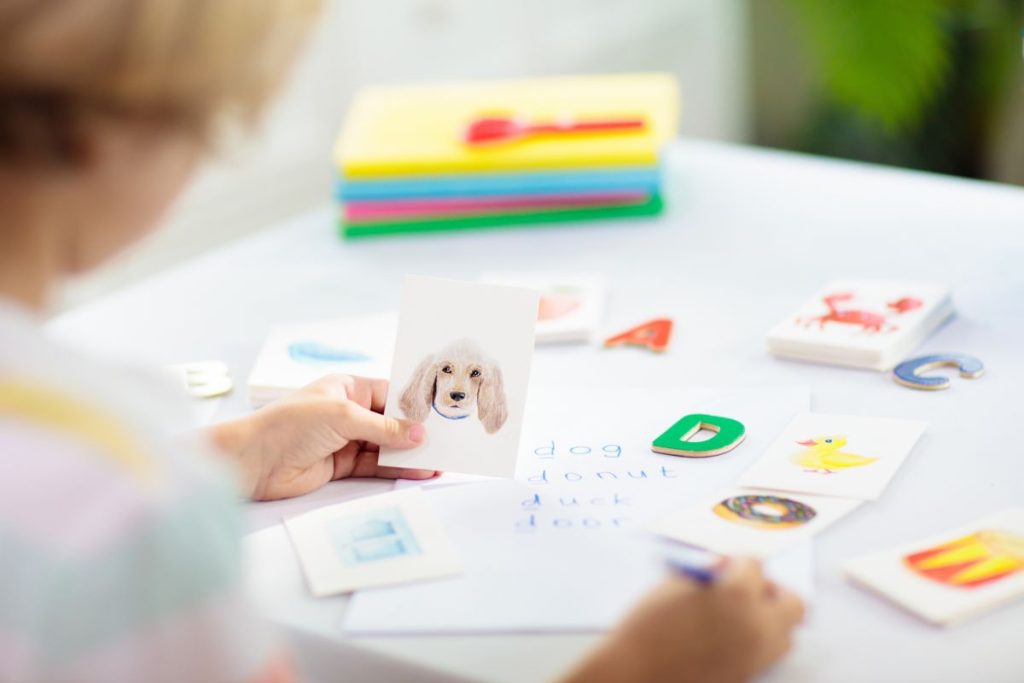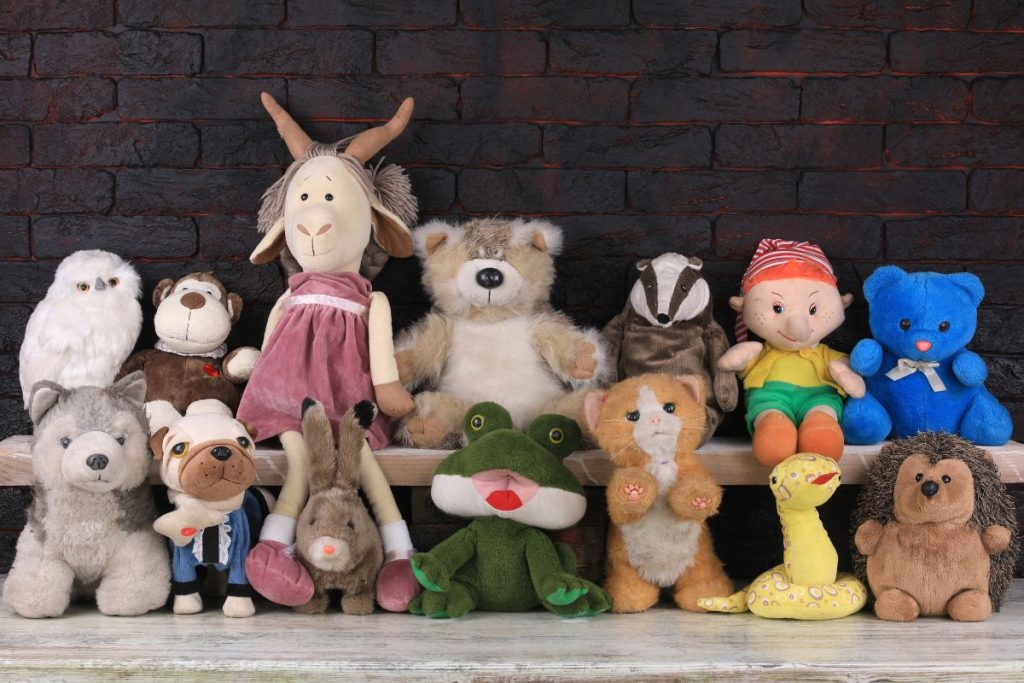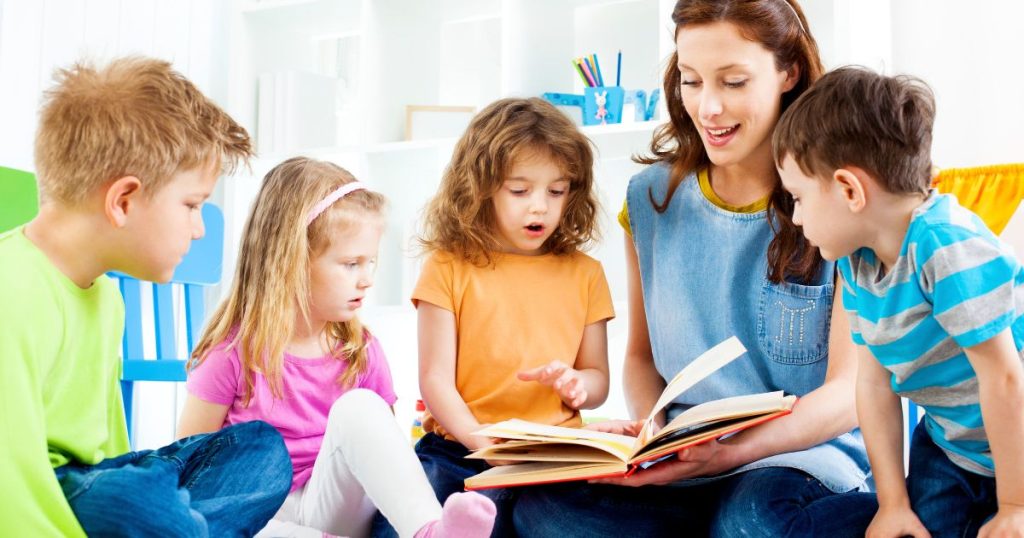Welcome to our guide on engaging “is” and “are” activities specially curated for our little kindergarteners. As parents and educators, we understand the importance of laying a strong grammatical foundation early on. Teaching the correct usage of “is” and “are” is a vital aspect of this learning process. These simple words play a key role in sentence construction, helping to form the basic building blocks of language and communication. This guide offers a brief yet comprehensive overview of fun and interactive activities to help your little ones master the usage of “is” and “are”. So, let’s dive in and explore these enjoyable learning experiences together!
Activity 1: ‘Is’ and ‘Are’ Sorting Cards
One of the most effective ways to teach kindergarteners the proper usage of “is” and “are” is through the use of sorting cards. This activity is both fun and educational, and it will keep your little ones engaged while they learn.
Materials Needed
For this activity, you’ll need a set of ‘Is’ and ‘Are’ sorting cards. These can easily be made at home using index cards or small pieces of paper. On each card, write a simple sentence leaving out the “is” or “are”. Also create two larger cards, one with “Is” and one with “Are” written on them.
Step-by-step instructions
Start by spreading out the “Is” and “Are” cards on the table. Then, read each sentence card out loud and ask your child to figure out whether the sentence requires “is” or “are”. Once they choose, they can place the sentence card under the correct “Is” or “Are” card.
Tips for Engaging Kindergarteners
To make this activity more engaging, try adding an element of story-telling. For instance, you could create sentence cards related to a favorite fairy tale or cartoon. This will keep them interested and eager to complete the activity.
Let’s take a step forward in our language-learning journey with plenty of fun and joy. Our next exciting activity awaits!
Activity 2: ‘Is’ vs ‘Are’ Picture Associations

Picture associations are a fantastic way to teach kindergarteners the concepts of “is” and “are”. This activity is super easy to set up and extremely engaging for the kids. You will need a variety of pictures – both singular and plural objects – and some sticky notes.
Start with one simple picture and ask your child if it’s singular or plural. If it’s singular, write a sentence using ‘is’, e.g., “This is a cat.” If it’s plural, use ‘are’, e.g., “These are cats.” Write these sentences on sticky notes and ask your child to stick them onto the correct picture. Repeat with other pictures and sentences.
Remember to keep the dialogue interactive. Ask questions like, “Why do we use ‘is’ in this sentence?” or “What will happen if we replace ‘are’ with ‘is’ here?”. Such discussions will promote critical thinking skills while reinforcing the understanding of “is” and “are”.
Activity 3: ‘Is’ and ‘Are’ Role Play

Role-play is a wonderful tool for language learning, and it comes naturally to kids! It’s all about making learning more playful and less of a chore. For this activity, you’ll need some props like dolls, action figures, toy animals, or even your child’s finger puppets.
Set up a fun scenario where these characters interact. It could be a school, a zoo, a picnic – anything your child finds engaging. Then, act out different sentences using “is” and “are”. For example, “The doll is sad” or “The action figures are fighting”. Encourage your child to do the same.
A pro tip to make the role-play more effective: Make some deliberate mistakes and see if your child corrects you. For instance, say, “The doll is happy”. If your child corrects you to “The dolls are happy”, celebrate that moment! It shows they’re internalizing the rules of “is” and “are”.
Activity 4: ‘Is’ and ‘Are’ Fill-in-the-Blanks
Prepare to bring a twist in the learning process of your curious kindergarteners with this engaging “Fill-in-the-Blanks” activity, which is designed to reinforce their understanding of the correct usage of ‘is’ and ‘are’.
Materials Needed:
All you need for this activity is a set of sentences with missing ‘is’ and ‘are’, which can be conveniently prepared using sticky notes posted around the room or written on a whiteboard.
Step-by-Step Instructions:
Start by reading out each sentence to your young learner, and ask them to fill in the blank with either ‘is’ or ‘are’. For instance, a sentence could be: “The cat ___ playing with the yarn”. Once they fill in the blank with the correct word, celebrate their success with a high-five or a round of applause. This will not only boost their confidence but also make the learning process enjoyable.
Tips for Engaging Kindergarteners:
To make this activity more engaging, you can turn it into a fun game. For example, you can prepare a set of sentences and time how quickly your kindergartener can correctly fill in the gaps. You can also provide them with rewards like stickers or small toys for their successful attempts.
So let’s make learning fun for your kindergartener today! Remember, the goal isn’t to perfect the usage of ‘is’ and ‘are’ immediately, but to gradually build and improve their understanding of these essential grammar rules in a fun and interactive way.
Activity 5: Interactive Story Time

Interactive story time is all about bringing life to stories while subtly incorporating lessons on the use of “is” and “are”. This can be achieved by asking questions and encouraging your child to form sentences using these words.
Book Recommendations
Some books that lend themselves well to this activity include popular children’s books like “The Very Hungry Caterpillar” by Eric Carle or “Where The Wild Things Are” by Maurice Sendak. These books have simple language and vivid illustrations, which make them perfect for our purpose.
Guide for Incorporating “Is” and “Are” in Story Time
As you read the story aloud, pause at certain points and ask questions that require an “is” or “are” response. For example, if you’re reading “Where The Wild Things Are“, you could ask, “Where are the wild things?” or “What is Max doing?”. Similarly, with “The Very Hungry Caterpillar“, you can ask, “What is the caterpillar eating?” or “Where are the fruits?”.
Follow-up Questions
After you’ve finished reading the story, engage your child in a discussion about the book. Ask them to describe the characters or events using sentences with “is” and “are”. For instance, “What is the caterpillar’s favorite food?” or “Who are the wild things?”. This will encourage them to apply what they’ve learned.
Remember, the objective is to make learning a fun experience. The more fun your child has, the more they’ll learn and remember. So, let’s dive into the enchanting world of stories, and master the use of “is” and “are” along the way!
Activity 6: ‘Is’ and ‘Are’ Worksheets
Worksheets present an excellent opportunity for your kindergartner to practice the grammar rules they’ve learned. They provide a tangible, engaging way for young learners to apply their knowledge of ‘is’ and ‘are’ usage, making learning fun and rewarding.
How to Use the Worksheets
Encourage your child to fill out these worksheets either independently or with your assistance. Make sure you provide them with constructive feedback after they complete the exercises. This will not only correct any misconceptions but also boost their confidence in using ‘is’ and ‘are’ correctly.
Benefits of Worksheets
Worksheets are a fantastic tool because they offer guided practice, enhance comprehension, and provide a way for you to measure your child’s progress. They can also be used as a tool for revision, making them a versatile learning resource.
Creating or Finding Worksheets
You can either create your own worksheets or find them online. If you decide to create your own, ensure that you gauge the difficulty level appropriately, ensuring it’s suitable for a kindergartener.
So, go ahead and introduce worksheets into your child’s learning routine! They’ll make the process of mastering ‘is’ and ‘are’ usage more engaging and interactive, promoting a love for learning grammar from a young age.
If you don’t have time to create the worksheet, consider taking a look at my free Is and Are worksheet. This worksheet includes:
- 2 simple “Is and Are” fill in the blank pages that your kid needs to use Is or Are to complete the sentence.
If you want more Is or Are worksheets, take a look at my full Is or Are worksheet that includes 5 different activities that you can use to teach your child Is or Are.
Activity 4: Song and Dance Routine
Engaging children through music and movement is a fantastic and fun way to reinforce their understanding of the use of ‘is’ and ‘are’. This activity blends the joy of music with the learning of essential grammar rules.
In this activity, we’ll create a song and dance routine that uses lyrics filled with ‘is’ and ‘are’. The goal is to promote learning through catchy tunes and energetic dance moves. The repeated exposure to these words in a fun context will reinforce your child’s understanding.
Song Suggestions
Consider using familiar children’s tunes for this activity. For example, you might adapt the lyrics of “If You’re Happy and You Know It” or “The Wheels on the Bus”. Make sure the songs chosen are age-appropriate, easy to memorize, and most importantly, fun to sing and dance to!
Incorporating “Is” and “Are” in the Lyrics
Let’s consider the song “If You’re Happy and You Know It”. We could adapt the lyrics as follows: “If the sun is shining, clap your hands”, “If your friends are playing, stomp your feet”. The idea is to include sentences that use ‘is’ and ‘are’ in a context that makes sense to your kindergartener.
Let’s Get Moving!
Now, add some dance movements to the song. For example, your child could twirl around when they sing the word ‘is’ and jump up and down when they sing ‘are’. This will not only make the activity more fun but also help associate the words ‘is’ and ‘are’ with specific actions.
By combining music, dance, and grammar in this way, you’ll be providing a multi-sensory learning experience for your child. So, let’s put on our dancing shoes, turn up the music, and learn ‘is’ and ‘are’ in a fun, engaging way!
Conclusion
Through these various activities, from interactive story times to musical dance routines, we have explored fun and engaging ways to help your kindergartener understand and apply the use of ‘is’ and ‘are’. These practical exercises, designed specifically for young learners, not only enhance their grammar skills but also stimulate their creativity and critical thinking. Remember, consistent practice is the key to mastering these fundamental grammar rules. Continue these activities at home and encourage your child to use ‘is’ and ‘are’ in their daily conversations. Nurture their curiosity, make learning a playful adventure, and watch them blossom into confident communicators. Here’s to making grammar fun and accessible for our little ones!
